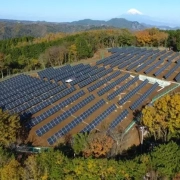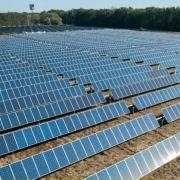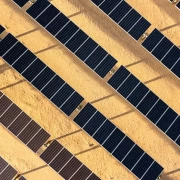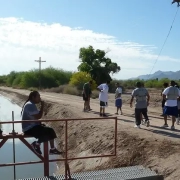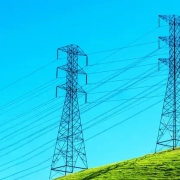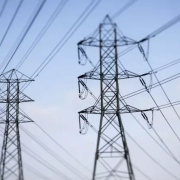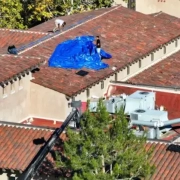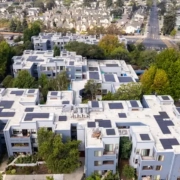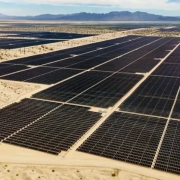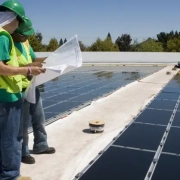Solar tracker adoption has picked up significantly in Indian PV installations. What are the key growth drivers?
Solar trackers help in optimizing and increasing energy production while reducing costs. Single-axis solar trackers generate up to 20% more energy than projects which use fixed-tilt systems that do not track the sun’s movement depending on site conditions.
The use of modern technology in photovoltaic modules has made solar trackers indispensable, ensuring optimal energy output regardless of geographic location. Bifacial adoption is encouraging. Due to improved tracker design efficiencies, there is an upward trend for adopting solar trackers combined with bifacial module technology in India.
Click here to read the full article
Source: PV Magazine
—
If you have any questions or thoughts about the topic, feel free to contact us here or leave a comment below.

